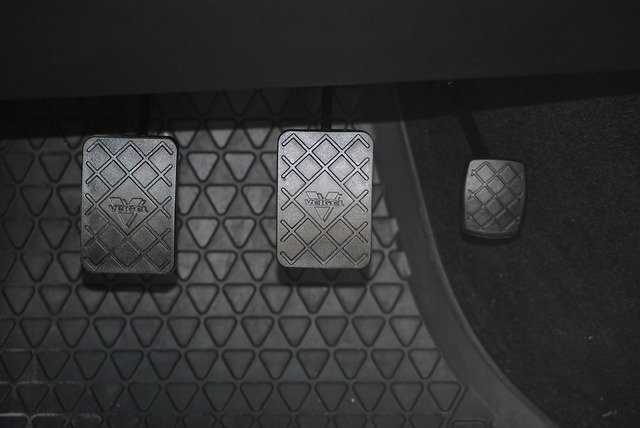You might think that a buffer is only for sound fanatics with pharaonic pedals, but, on closer inspection, a few brakes are enough to deteriorate the signal sensitively, and a suitable buffer makes the difference. Here’s how to use buffer before or after volume pedal and how to avoid it.
How to use buffer before or after volume pedal, and why?
On a constructive level, buffers are unitary amplifiers in which the output signal is identical in amplitude to the input signal. What changes is, in fact, the impedance that drops (from a so-called Hi-Z to a Lo-Z).
They aim to treat the signal as clean as possible, without interfering with the sound paste. However, just like for boosters, there is no entirely transparent buffer, but they all color the sound with some nuances, however subtle it is, and the only way to decide what is right for you is to try different ones with your own hands.
Ever since many effects builders began to point out the importance of an excellent internal buffer to their pedals, the attention of the guitarists has turned increasingly towards the discussed circuit. Many still wonder if a buffer in the pedalboard is severe and, with more and more companies offering stand-alone buffers to be also integrated with true bypass pedalboards, it can be useful to demonstrate in the field what changes in the sound.
The buffer must be positioned at the beginning of the chain and always kept active. An exception may be the presence of a vintage-style fuzz, which, as demonstrated in this article, usually works well only if interfaced with a high impedance signal. In this case, the buffer will go after it to convert the low impedance signal only to the fuzz output.
How do you decide that?
The insertion of a buffer before or after volume pedal depends exclusively on the quality of the additional buffer and how demanding we are. Only by adding a better quality device can a real increase in performance be achieved.
Let’s take an example: the Voxwah used by J. Hendrix had a rather low input impedance, below 100 Kohm.
It is no coincidence that it was almost mandatory to use it at the beginning of the effects chain. In modern reissues of both Vox and Dunlop, the designers have inserted an input buffer to improve this condition and allow us to connect it optionally also in different positions of our chain. Many modify this wah to make them true bypass and, by doing this, exclude the circuit part of the buffer.
Why are People Using This?
The electric guitar or bass signal is weak and extremely delicate. It only takes a few meters of cable to deteriorate it, devouring its harmonics and vigor, and going through the electrical contacts of the jacks of a pedal and the mechanical components of a switch is certainly not suitable for it.
Many guitarists see true bypass as an added value in any pedal, capable of respecting the integrity of the signal.To make it more durable, virtually immune to longer and more intricate paths, the value of an electrical component called impedance must be lowered. To do this, you need a buffer that prepares the sound to cross.
Final Words
All the things mentioned above on how to use buffer before or after volume pedal are based on reviews from music experts. Hopefully, it will help you a lot.
